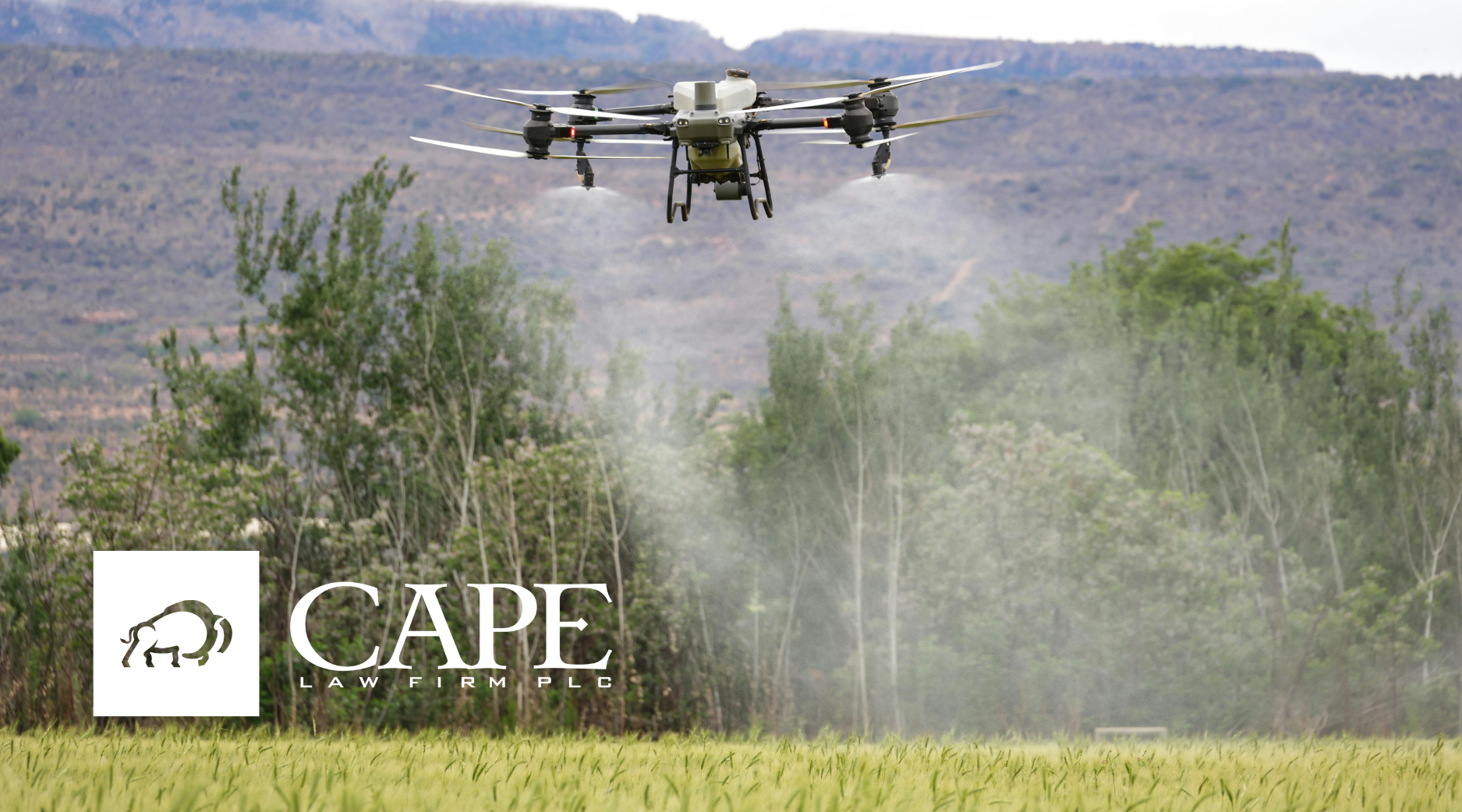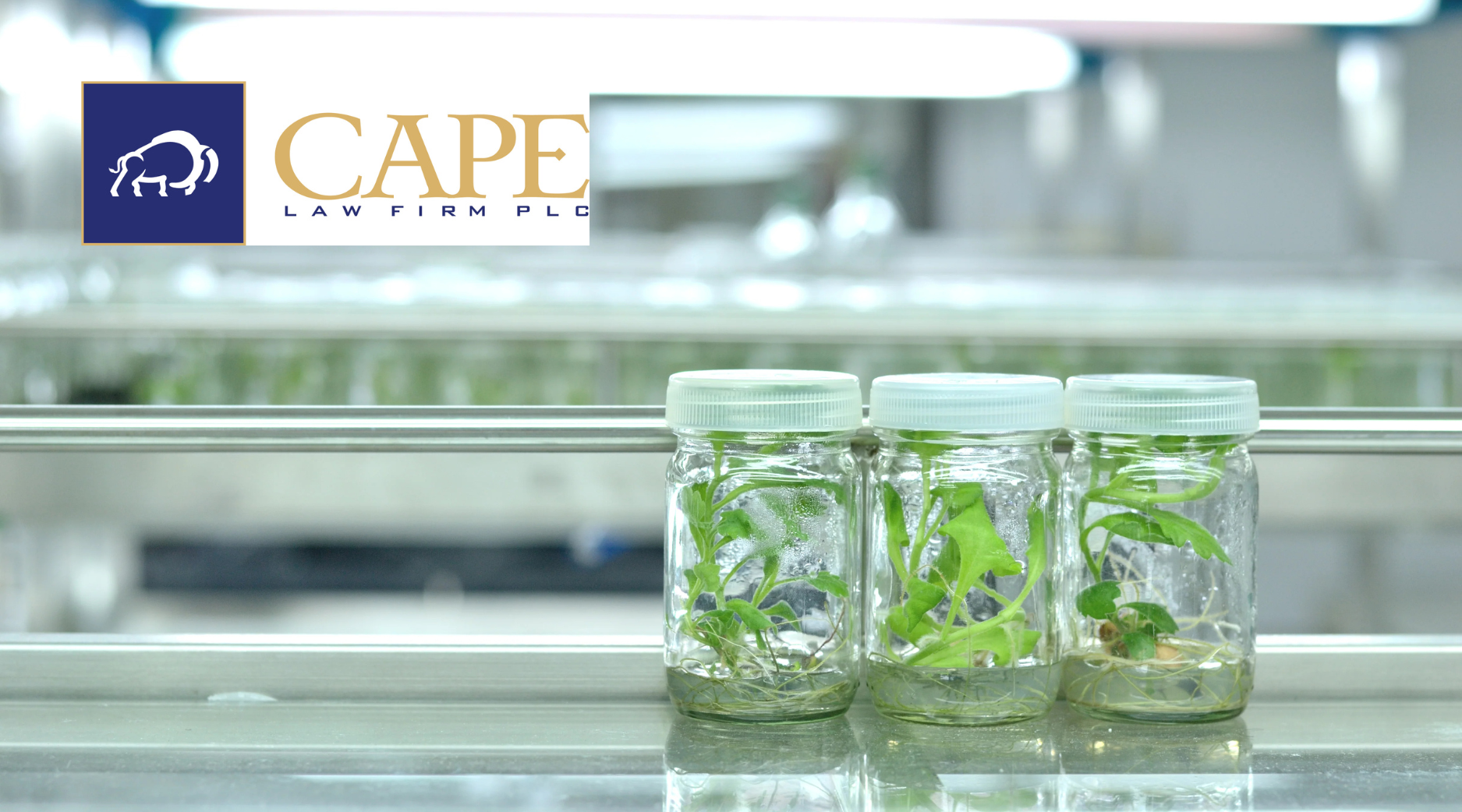Ag Drones Becoming Cost-Savers in Precision Farming
Research by Professor Bruno Basso at Michigan State University is showing how the use of ag drones and satellite imagery can take precision agriculture a step further with finely tuned precision applications of crop inputs such as fertilizer and pesticides. Over the last decade, drones have been embraced in agriculture and are rapidly moving to mainstream adoption.
Drones represent a big cost-saving opportunity for farmers by making precision input applications only where they are needed, and avoiding areas where they would just be wasted. As this technology has steadily decreased in price while also becoming more accurate and efficient, ag drones are gaining traction as a precision farming tool. A side benefit is improvements to soil and water quality from less runoff and leaching from excess inputs.
You can read more from Michigan State University here.
China Embraces Ag Biotechnology For Self-Sufficiency
The signs are everywhere U.S. farms’ reliance on a single big customer – China – is not going to last forever. China’s long-held cautious approach to ag biotechnology, particularly genetically modified (GM) crops, is being replaced with new policies and guidelines to embrace biotech and gene-editing technologies for crops. At the beginning of this year, China issued guidelines to promote the development of agricultural gene-editing tools with domestic intellectual property. Within the last year, China has approved several gene-edited crops, including wheat, rice, and corn, and a number of GM soybean varieties. In short, China is upping its domestic genetics game to produce key commodities.
Hopefully, it is fairly obvious what implications this shift in Chinese policy means for U.S. agriculture (if not, you may be missing the entire impact of the current trade war on domestic soy and corn markets). The great Chinese demand driver that has consumed vast quantities of U.S. commodities will likely shrink in coming years – indeed, that is China’s overarching goal – to reduce reliance on imported crops. Of course it won’t happen overnight. President Trump’s newly announced trade deal securing 25 million tons of annual Chinese soy purchases will at least help soybean producers tread water. But a more productive China, coupled with a robust alternative supplier in South America, is resulting in permanent changes for the U.S. export market. Why not read the tea leaves and build some resiliency in U.S. agriculture markets like the efforts being made for rare earths?





